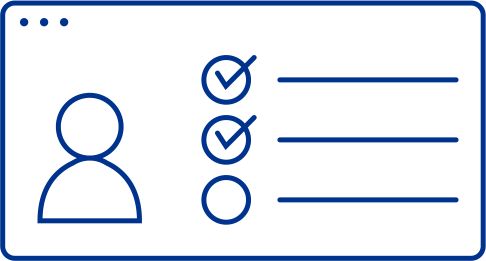With Limited Partners (LPs) increasingly expecting consistency, transparency, and comparability in private market reporting, the Institutional Limited Partners Association (ILPA) has taken a major step toward redefining industry standards in recent years. The upcoming ILPA 2026 template update represents the most comprehensive overhaul since 2011 – introducing new layers of standardization that will reshape how General Partners (GPs) and Asset Servicers prepare and deliver investor reports.
New era of standardized reporting
The new ILPA 2026 framework introduces three interlinked templates designed to enhance visibility and reduce reporting discrepancies:
- Capital Account Statement (CAS) – with an integrated Schedule of Fees, providing standardized LP capital activity reporting and granular expense classification.
- Capital Call & Distribution Notice (CC&D) – aligning transaction types, simplifying communication, and ensuring consistency across notices with cash flow data now directly integrated into the Performance Report.
- Performance Report – a newly introduced standardized view of fund performance metrics (IRR, TVPI, MOIC), offering a granular or gross-up approach for greater comparability.
Together, these templates aim to streamline data flow between GPs, fund administrators/asset servicers, and LPs, thereby creating a unified reporting ecosystem that supports transparency across the investment lifecycle.
Implementation challenge
While the benefits are clear, the transition to ILPA 2026 will require significant operational changes. Based on KPMG’s experience with fund administrators and asset servicers, several recurring challenges are already emerging:
- Template alignment: Adapting the reports to the respective fund can be cumbersome given varying deadlines, investor expectations, and reporting treatments by vintage.
- Data gaps: Mapping new data fields often exposes inconsistencies between systems and accounting standards (LUX GAAP, IFRS or US GAAP), creating additional reconciliation work.
- System adaptation: Updating reporting platforms such as eFront, Allvue, or Investran can be complex, as legacy configurations may not support ILPA 2026’s level of granularity.
- Operational coordination: Aligning multiple stakeholders such as accounting, reporting, investor relations, and client service teams can prove challenging without clear ownership of reporting workflows.
- Change management: Maintaining day-to-day reporting continuity while redesigning long-term processes requires careful prioritization and strong project oversight including client/investor communication.
Building an effective transition plan
Experience from recent fund reporting transformation programs has shown that a structured and phased implementation of ILPA 2026 can deliver meaningful efficiency gains and operational clarity. Firms that start early typically benefit from:
- Reduced reconciliation and reporting time, as data flows and templates become standardized.
- Greater confidence among investors, supported by transparent and comparable performance metrics.
- Improved data governance and scalability, enabling consistent reporting across vintages, strategies, and fund structures.
Practical steps for asset servicers and GPs
A well-organized transition plan should combine both technical and operational dimensions.
Based on our project experience in Luxembourg, several steps have proven effective:
- Impact assessment: Conduct a structured comparison between existing reports and ILPA 2026 templates to understand data and process gaps.
- Operational support: Align data mapping and chart of accounts across different GAAPs to ensure consistency.
- System configuration: Update reporting modules in platforms to accommodate the new data fields and template dependencies.
- Change management: Define governance and responsibilities through a clear roadmap, from initial assessment to validation and reporting rollout.




